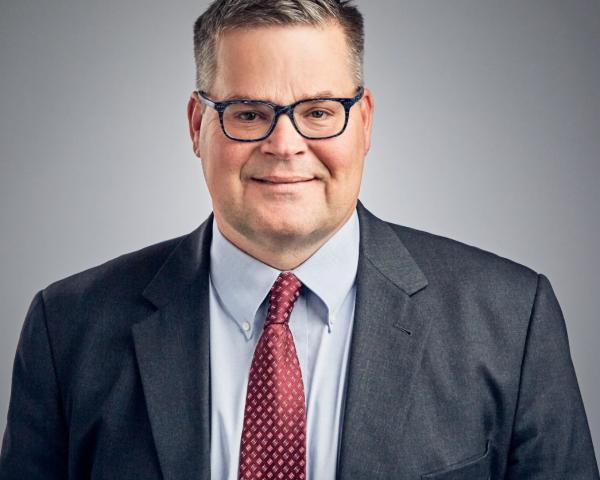When only a few employees know how to solve a specific problem or perform a task, the company becomes disproportionately reliant on them to function properly. Too often, when those employees leave, retire or get laid off, the company is left to figure things out on its own.
For instance, many companies have recently laid off employees due to COVID-19. While these decisions might make sense from a short-term financial perspective, risk managers should consider their long-term operational impacts. What if the people being let go are the only ones at the company who can do what they do? Can the company operate normally without them?
Risk managers should always be looking to identify and address these bottlenecks, also known as single points of failure (SPOF). Doing so will prevent critical business continuity issues in the future and help employees and organizations operate more efficiently. Here is why single points of failure are a company’s biggest unrecognized risk, and what risk managers can do to address them.
Background: What Is a Single Point of Failure?
A single point of failure is part of a system that, if it fails, will stop the entire system from working. While traditionally seen in an IT context, SPOFs can take the form of an employee, as well.
Imagine if one employee was asked to design code for a company’s proprietary software. Then, after the employee leaves the company, the software runs into problems. Because no one knows how to manage the code, the company loses time, money and effort trying to address one issue.
This scenario shows three reasons why single points of failure are so detrimental:
- Complicated processes: Employees tend to work in a way that makes sense to them but not to others, which makes it difficult to transfer work.
- Reduced collaboration: Relying on specific employees to fix problems or pursue certain projects means less teamwork and prevents others from learning relevant skills.
- Disrupted operations: If an important employee leaves or retires, it can take a lot of effort and time from others to pick up where that employee left off.
SPOFs don’t present a problem until they do. Because many companies tend to operate in short-term decisions, risk managers should prioritize rooting SPOFs out of their company and taking measures to prevent them. Here’s how.
Step 1: Identify Single Points of Failure by Asking the Right Questions
At Saggezza, the first question we ask clients to help isolate SPOFs is, “What keeps you up at night?” Maybe it’s an IT system going down or payroll not working properly. Are there enough employees who can work to resolve these issues if they occur?
The second question is, “If X person went on vacation for more than a week, would the business be okay?” If not, this could be an indicator that the business is too reliant on that employee to function.
See also: Perspectives on Risk Culture Building
Adjacent to asking this second question is looking for the “superhero complex,” which is when a company consistently relies on certain employees to save it from emergencies. If an organization has lots of emergencies that constantly need superheroes, there are fundamental flaws to the business that risk managers should look to address.
Step 2: Offer Resources to Close Knowledge Gaps
Having a single point of failure means there are processes that many employees don’t know about or knowledge they don’t have access to. Consistent documentation and collaboration can help close these gaps.
Whenever anybody at Saggezza encounters specialized activities or receives information valuable for the entire team, they record a Google Hangout to share their findings. These videos are then transcribed into demos, turned into white papers or written out into step-by-step guides for others.
There are many other ways for keeping employees on the same page, including specialized training and education workshops. The main purpose is to make every employee responsible for documenting knowledge for others to use as a potential resource.
Step 3: Develop an Environment of Extreme Ownership
Single points of failure are a top-down issue. Many managers believe that having one point of contact or one subject matter expert for certain responsibilities is more efficient than having multiple options.
But that can create more problems than it solves.
Instead, companies should establish a culture of extreme ownership. In this environment, every employee understands what’s required, not just of them, but of the entire team, to succeed. These conversations instill personal accountability and reduce the chances of a single point of failure developing.
The Importance of Working as a Team
The word “team” gets thrown around a lot. Ideally, a company should act like a football team, where everyone collaborates and understands the game plan, including both the starters and bench players. This is why eliminating single points of failure is so important. There needs to be a “next man up” mentality so that the company can keep moving forward, no matter what happens.
See also: 6 Cybersecurity Threats for Insurers
Eliminating single points of failure is a long-term process. It requires reflection and time to educate employees on processes and skills that are critical for a business’s success. Taking steps to address these vulnerabilities now minimizes the risk of expensive setbacks later and fosters a culture of extreme ownership.






